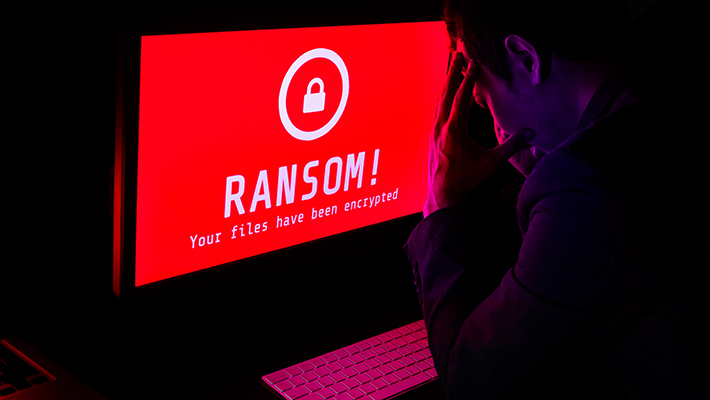Even wireless tools aren't safe from ransomware attacks
What's next, ransomware on spoons?

Hackers can compromise intranet-connected wrenches - and it’s a lot more dangerous and disruptive than it sounds, with ransomware as the possible end threat.
Cybersecurity researchers from Nozomi published a report in which they claim finding almost two dozen vulnerabilities in a device called Bosch Rexroth Handheld Nutrunner NXA015S-36V-B. This is a cordless, intranet-connected wrench that engineers use to tighten bolts to a precise torque levels.
As the researchers explain, having too loose, or too fastened bolts, can cause some hardware to overheat, and even start fires. Other failure scenarios are possible, as well.
Patch in the works
With Nutrunner, engineers get a torque-level indicator display, backed by a certification from the Association of German Engineers, which was adopted back in 1999. With it, the engineers can make sure they’re tightening the bolts to just the right torque level.
However, the discovered vulnerabilities mean hackers can tamper with the device and wreak havoc. For example, the display can show the correct torque level when, in reality, the bolts were either too loose, or too tight. Furthermore, hackers can install ransomware on the devices, and prevent the engineers to even view torque levels before paying the ransom demand.
The 23 flaws carry vulnerability scores from 5.3 to 8.8, it was said.
Users can control the device’s firmware, called NEXO-OS, via a browser-based management interface. Hence, hackers would also need access to this interface in order to exploit the flaws. However, even low-level privileges enable hackers to create an attack chain that leverages a traversal vulnerability to deploy malware, the researchers explained. Even unauthenticated hackers can breach the wrenches by chaining the traversal flaw with, for example, the hardcoded account vulnerability.
Sign up to the TechRadar Pro newsletter to get all the top news, opinion, features and guidance your business needs to succeed!
Bosch was notified of the findings and said to be working on a fix. The patch (or patches) should become available by the end of the month.
Via ArsTechnica
More from TechRadar Pro
- There's now a Linux version of this dangerous VMware ransomware
- Here's a list of the best firewalls around today
- These are the best endpoint security tools right now
Sead is a seasoned freelance journalist based in Sarajevo, Bosnia and Herzegovina. He writes about IT (cloud, IoT, 5G, VPN) and cybersecurity (ransomware, data breaches, laws and regulations). In his career, spanning more than a decade, he’s written for numerous media outlets, including Al Jazeera Balkans. He’s also held several modules on content writing for Represent Communications.